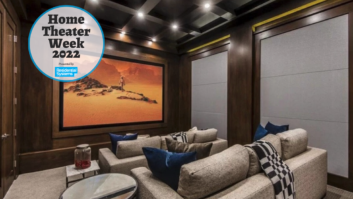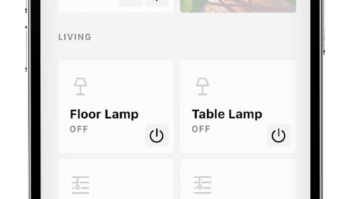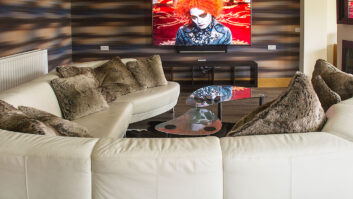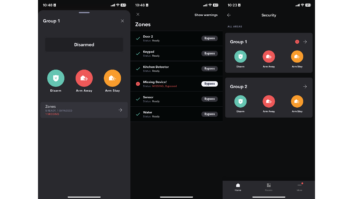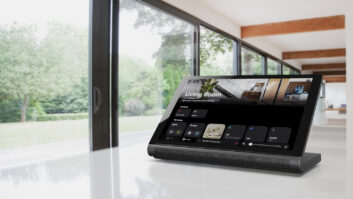I hope everyone who made it to Denver last week had a great time, learned a lot at the show, and came home with at least one or two things they want to implement into their business—be it a new product, new line, or new process, or back-office software.
The product I am most excited to offer to my clients is Pyng, Crestron’s new product, which is designed to greatly speed up set-up for basic home automation systems. If you’ve been reading any of the industry trade blogs or anything else about CEDIA14, I’m sure you’ve heard a lot about Pyng, so I won’t get into the details of what it does or how it does it. I want to talk about how I foresee incorporating Pyng into my business and my clients’ homes.
I currently see four big benefits that Pyng brings to the table:
1.Interoperability: Full integration with Crestron InfiNET-EX lighting, shading, and security products. This means that the same products that you already use from Crestron are the same ones that work with Pyng. There are no additional products to stock (other than the Pyng hub) or to learn about. And best of all, since it uses all existing hardware, it offers an easy upgrade path to a full Crestron system.
2.Integration with full-line: Once a Pyng system is set up and running, it can be pulled into a full Crestron SIMPL program and integrated into the rest of the home, or later used to upgrade to a larger, more complex system.
3.Ease of implementation: To set up a system with Pyng, all you have to do is install the hardware you would typically install. Then you follow the five simple steps in the Pyng app on an iPad, walking around the home activating and testing devices as you go.
4.User flexibility: Every time one of my clients wants to make a change to a lighting scene or uncouple a pair of shades because they don’t want them going up or down together, I get a call. While this does mean additional revenue, charging for these changes can often alienate a client, and often doesn’t cover the opportunity cost of not being able to do other work because we need to change the programming and a member of the team has to go to the client’s home to upload the changes and test everything. Now a client will have the ability to make minor tweaks to their home automation, including changing the devices in a scene and adjusting individual levels. They can even set up new scenes on the fly.

There are a couple of caveats to be aware of before you go running whole hog to Pyng:
1.There is a limit of 200 devices on a Pyng system (shades, switches/dimmers, keypads, locks, etc). This is plenty for a small to mid-sized system, but won’t be enough to cover large installations.
2.Pyng does not directly work with AV systems. It needs to be pulled into a SIMPL system to be integrated with any audio or video products (or any products not within the Pyng ecosystem)
I plan to use Pyng in at least two main ways and really foresee an opportunity to grow my business significantly into a market that previously couldn’t contemplate a system as robust and reliable as Crestron:
1.Offer a robust, reliable system to new clients who do not have the budget for a full SIMPL system. I will be able to offer them the same great Crestron products, with significantly lower labor and set-up costs.
2.Re-approaching current or former customers who do not have home automation or have very rudimentary systems.
There you have it. A solid product to offer on projects that previously were not ready or big enough for Crestron. I can’t wait to get my first system up and running to test it out and if all goes as well as I think it will, I will be making calls to clients who do not yet have Crestron in their homes (and even to several who already have Crestron but could use a refresh.)
+Todd Anthony Pumais president of The Source Home Theater Installation, Powered by Fregosa Design, in New York City.

